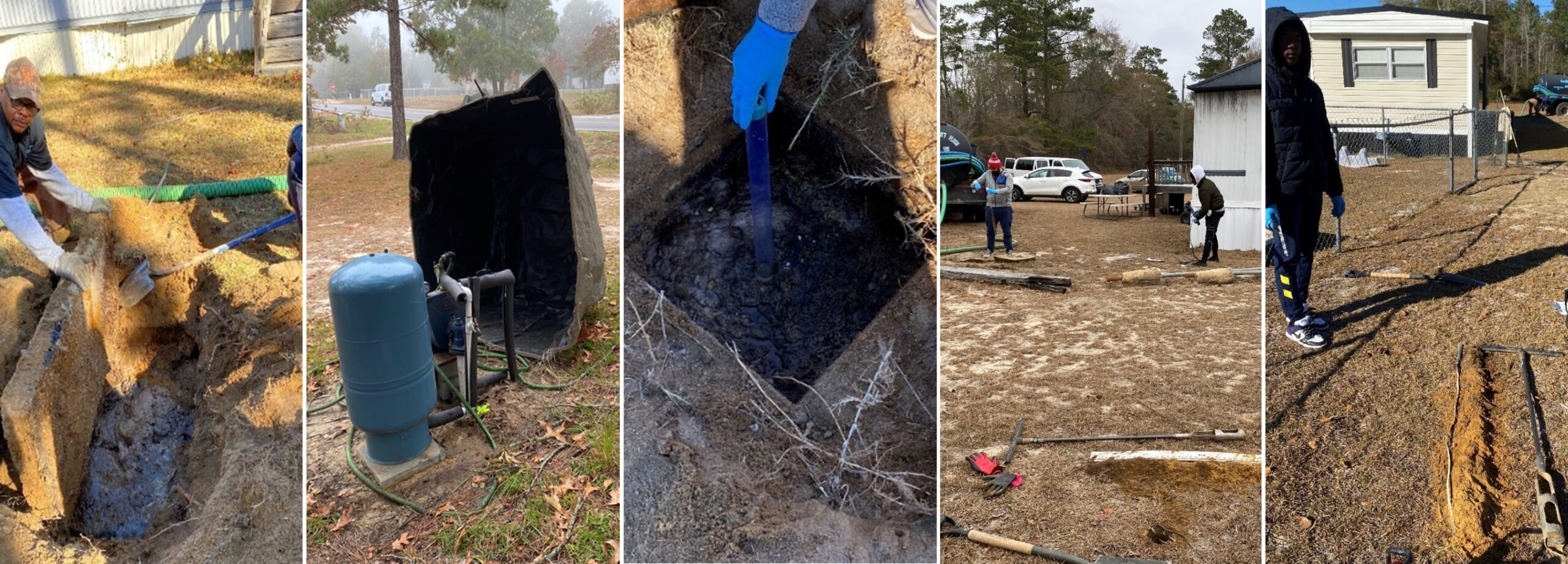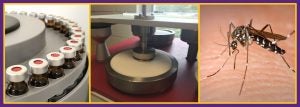Humphrey CP, Iverson G, Hvastkovs E and Pradhan S (2024). Occurrence and concentrations of traditional and emerging contaminants in onsite wastewater systems and water supply wells in eastern North Carolina, USA. Journal of Water and Health, doi:10.2166/wh.2024.299
Abstract
Onsite wastewater treatment systems (OWTSs) and private wells are commonly used in Eastern North Carolina, USA. Water from private wells is not required to be tested after the initial startup, and thus persons using these wells may experience negative health outcomes if their water is contaminated with waste-related pollutants including bacteria, nitrate or synthetic chemicals such as hexafluoropropylne oxide dimer acid and its ammonium salt (GenX). Water samples from 18 sites with OWTSs and groundwater wells were collected for nitrate, Escherichia coli (E. coli), total coliform, and GenX concentration analyses. Results showed that none of the 18 water supplies were positive for E. coli, nitrate concentrations were all below the maximum contaminant level of 10 mg L−1, and one well had 1 MPN 100 mL−1 of total coliform. However, GenX was detected in wastewater collected from all 18 septic tanks and 22% of the water supplies tested had concentrations that exceeded the health advisory levels for GenX. Water supplies with low concentrations of traditionally tested for pollutants (nitrate, E. coli) may still pose health risks due to elevated concentrations of emerging contaminants like GenX and thus more comprehensive and routine water testing is suggested for this and similar persistent compounds.




